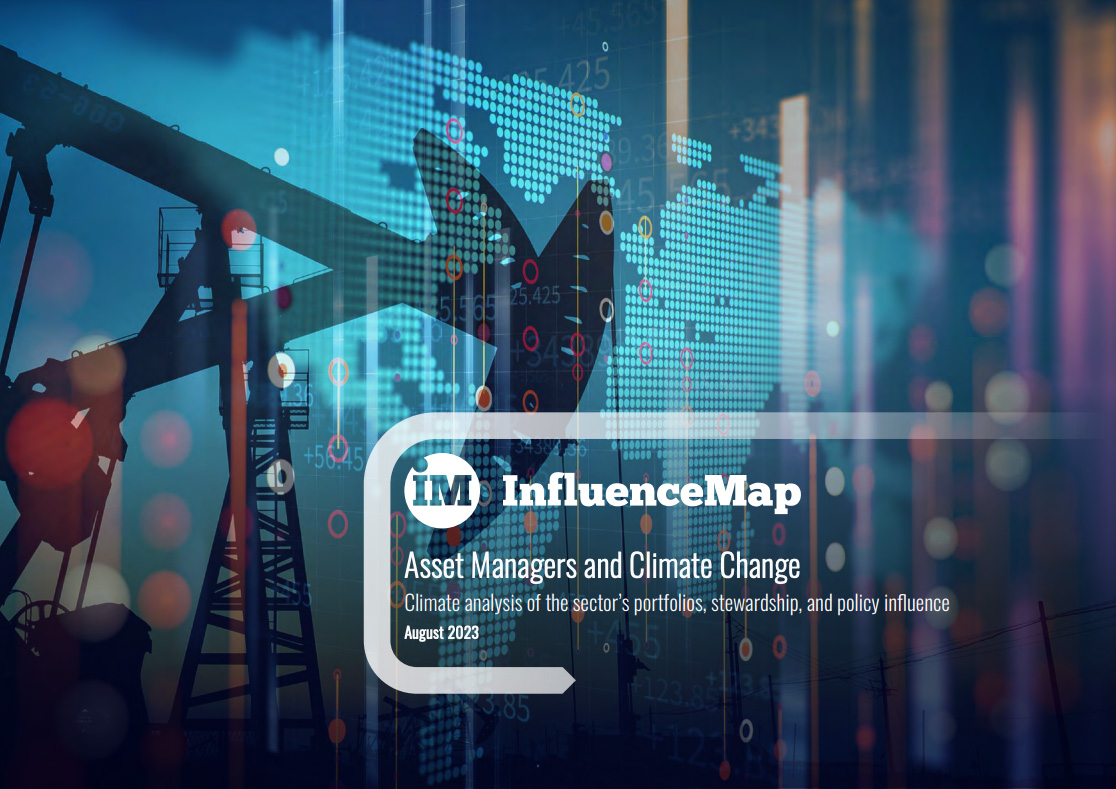
Despite the wave of global commitments towards achieving net-zero emissions by 2050, the recent study InfluenceMap Asset Managers and Climate Change Report: Climate analysis of the sector’s portfolios, stewardship, and policy influence by FinanceMap paints another picture. The world’s largest asset managers, controlling an astounding $72 trillion, are falling dramatically short of their ambitious climate pledges.
FinanceMap’s analysis scrutinized the strategies of 45 titan asset management firms. Their threefold criteria encompassed portfolio alignment with climate objectives, effective stewardship of their invested companies, and genuine engagement with sustainable finance policies. The results are concerning: a staggering 95% of portfolios failed to align with the imperative IEA Net Zero Emissions by 2050 Scenario.
The research also revealed that these financial behemoths are holding nearly three times the equity value in fossil fuel enterprises compared to their ‘green’ investments. The definition of ‘green’ here leans on the EU Taxonomy and Bloomberg data. Equally alarming is the 45% dip in top-tier Stewardship asset managers since 2021, those once hailed for their groundbreaking climate stewardship practices.
Though European asset managers, such as Legal & General Investment Management, BNP Paribas, and UBS, demonstrate commendable engagement with their investee companies, their American counterparts present a grim scenario. US firms like BlackRock, Vanguard, and Fidelity Investments have shown declining or consistently low stewardship scores, hinting at a worrying trend in the US’s approach to environmental, social, and governance factors.
Even as these revelations come to light, the irony lies in the fact that 86% of these asset managers are members of at least one industry group that actively oppose the very sustainable finance policies needed for global decarbonization.
Daan Van Acker, FinanceMap’s Program Manager, summarizes the situation aptly: “While they may talk the talk, most asset managers are not walking the walk.”
For access to the report, readers can visit FinanceMap.org.
